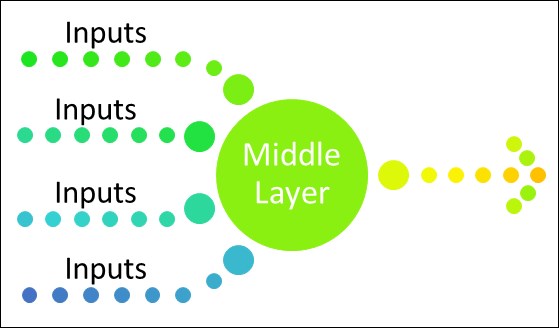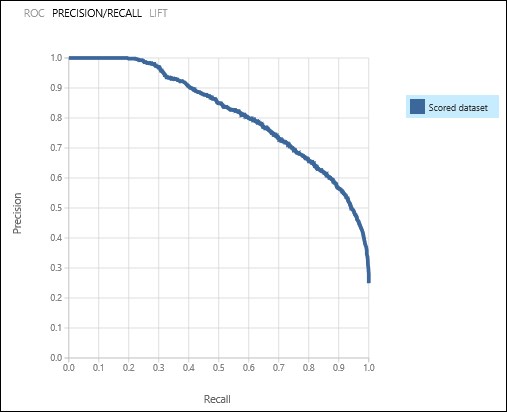Ruben Oliva Ramos is a computer systems engineer from Tecnologico de Leon Institute, with a master's degree in computer and electronic systems engineering and a specialization in teleinformatics and networking from the University of Salle Bajio in Leon, Guanajuato, Mexico. He has more than 5 years of experience of developing web applications to control and monitor devices connected with Arduino and Raspberry Pi, using web frameworks and cloud services to build the Internet of Things applications. He is a mechatronics teacher at the University of Salle Bajio and teaches students of the master's degree in design and engineering of mechatronics systems. Ruben also works at Centro de Bachillerato Tecnologico Industrial 225 teaching subjects such as electronics, robotics and control, automation, and microcontrollers. He is a consultant and developer for projects in areas such as monitoring systems and datalogger data using technologies (such as Android, iOS, HTML5, and ASP.NET), databases (such as SQlite, MongoDB, and MySQL), web servers, hardware programming, and control and monitor systems for data acquisition and programming.
Read more about Ruben Oliva Ramos




